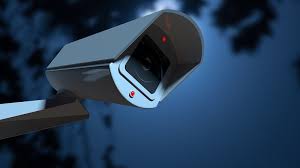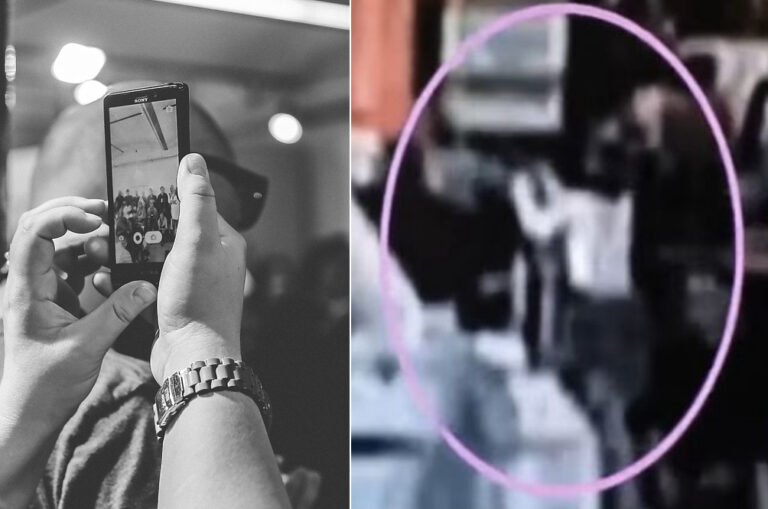Solución a los problemas de parpadeo de las cámaras CCTV

Estás frustrado con el parpadeo de tu cámara de CCTV y es hora de solucionarlo de una vez por todas. Empieza por revisar la fuente de alimentación para detectar cualquier problema. Inspecciona y asegura todas las conexiones de cables; los cables sueltos pueden causar interrupciones. Evalúa tu...

